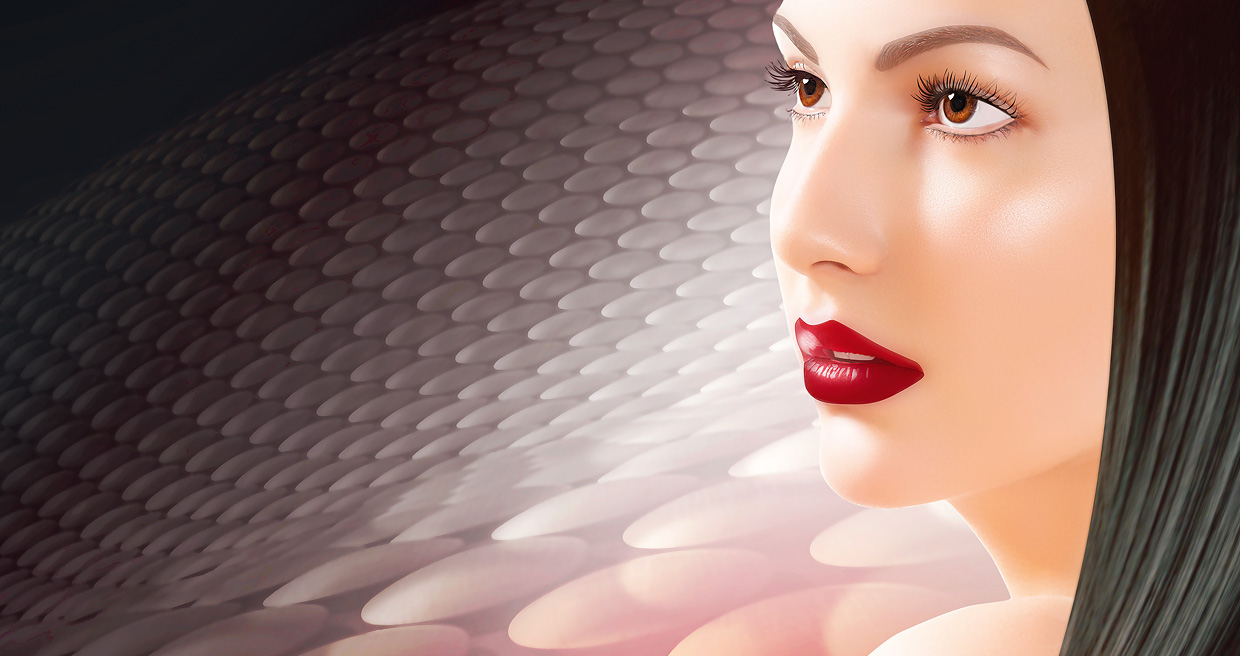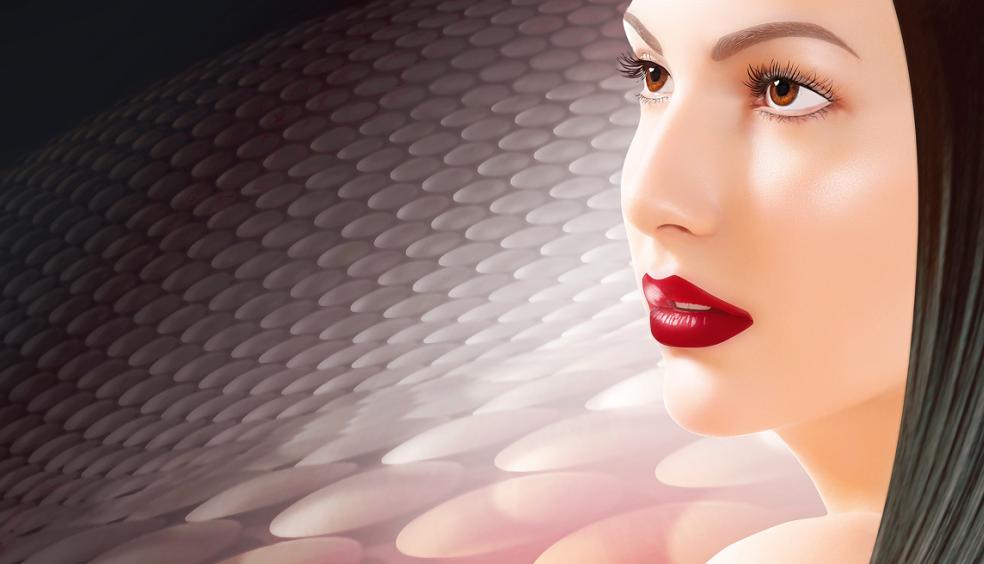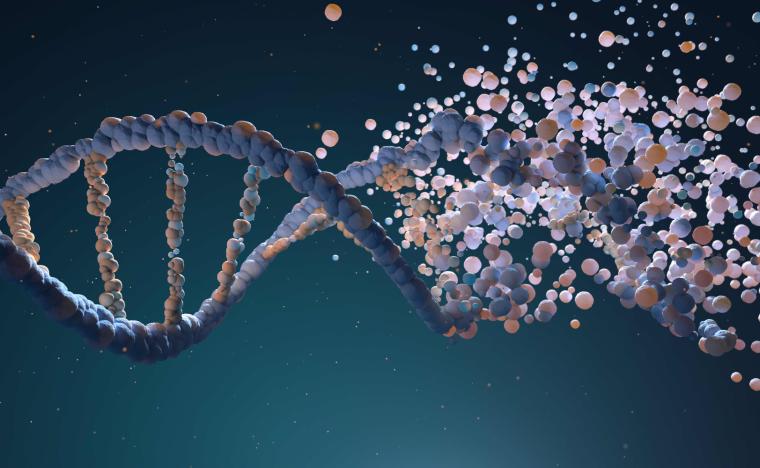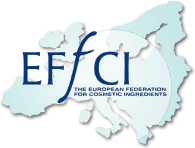Mastic from Chios island: The miracle tear
Chios is the fifth biggest island in Greece, located in the north-east of the Aegean Sea. It is globally renowned since antiquity for its mastic or -as called in Greek- ‘mastiha’, originating from the mastic tree (Pistacia lentiscus var. chia), which only grows in the southern part of the island, in a region called ‘Mastihohόria’, meaning ‘the mastic villages’ in Greek. This is probably because of the soil composition and the especially warm and dry microclimate.
Mastic is a natural, aromatic resinous sap, shaped in tears, which fall on the ground as drops, from superficial scratches induced on the trunk and main branches of the tree by the growers. Initially, it is a semi-transparent and sticky liquid, which as days pass, becomes solid in asymmetrical shapes, affected by summer’s intense drought and long sunlight. After being hardened, it has a crystal appearance and is subsequently harvested and washed by the cultivators.
Chios mastic is ivory coloured at first; nevertheless, owing to oxidation, it is transformed into more yellow hues 12-18 months later. Interestingly, the resin consists of approximately 80 identified components, which somehow justify its numerous uses around the globe, in the food, health and cosmetic sector.
It is worthwhile noting that the production process of mastic has survived literally untouched by time, undeniably linking it to the historical tradition of Chios island.
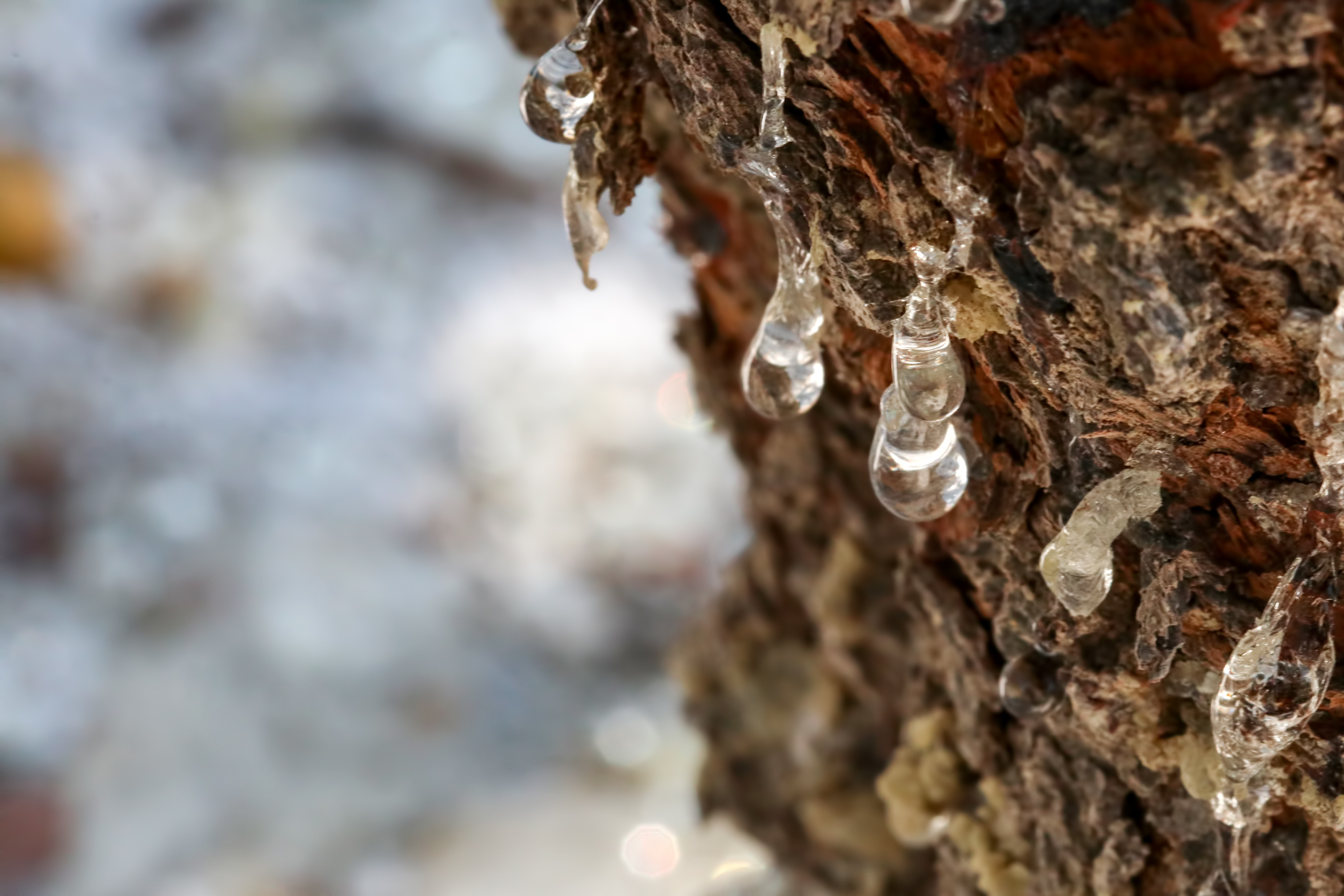
The cultivation and production of Chios mastic is a family matter and is in fact labour and attention demanding all year round. Briefly, the growers take care of tree fertilization in December, of branch pruning in mid-January and during February, and subsequently, soil cleaning and levelling occur from mid-June to early July, to safeguard that mastic which may fall on the ground can be easily picked up. Then the soil is swept accordingly and a white powder containing calcium carbonate is spread on the ground.
The induction of scars on the tree’s bark and branches, namely the ‘kentos’, is a pivotal step, starting in July and keeping on in August and in some cases up to late September. The ‘kentitiri’, a little sharp tool made of iron, has the leading role now; the cultivators use it to perform small cuts on the tree, from the lowest trunk to the tallest branches. In mid-August the first harvesting takes place, with the larger tears to be gathered first and the others by hand or by brooming. After harvest, mastic is stored in wooden containers in cool and dry places and is thoroughly cleaned to be delivered to the Chios Mastiha Growers Association.
The cooperative, further processes and packs mastic, and is in charge of the international trade of different types of mastic based on its size (pita, large or small tears) and of other products made of mastic (essential oil, water, powder, ELMA chewing gum).
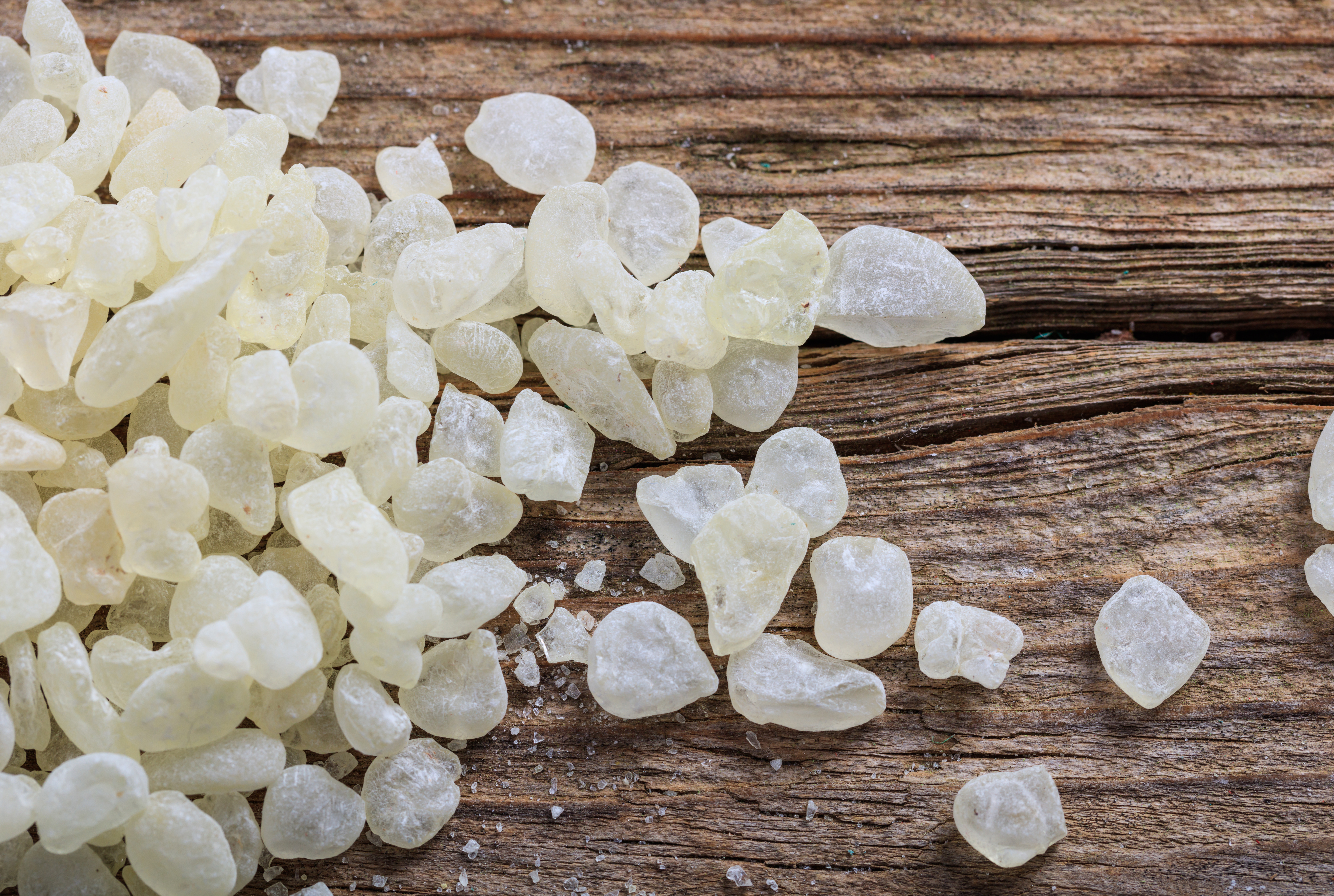
It is worth mentioning that Chios mastic is abundantly gifted by nature with distinctive beneficial and therapeutic attributes, which were widely known in many regions since the ancient era.
Today, a vast number of clinical trials confirm its unique properties. More specifically, research has shown that Chios mastic positively contributes to skin regeneration as well as to wound healing. Apart from this, it possesses notable antimicrobial and anti-inflammatory effects, it comprises a natural antioxidant, it has beneficial action in oral hygiene, it is of vital importance against common disorders of the digestive system, and in the recent years it is proven to have anti-atherogenic, anti-diabetic, anti-hypertensive, hepatoprotective and -in certain cases- anti-cancer activity.
In 1997, Chios mastic (resin, oil, ELMA chewing gum) had been granted the Protected Designation of Origin (PDO) status in the EU.
Later, in 2014, UNESCO incorporated the know-how of the Chios mastic cultivation on its Representative List of the Intangible Cultural Heritage of Humanity.
A year later, an EU herbal monograph was assigned to mastic from Chios by the European Medicines Agency (EMA), as a traditional herbal medicine used for the symptomatic treatment of minor inflammations of the skin and as an aid in healing of minor wounds, as well as in mild dyspeptic disorders. Interestingly, a monograph on mastic also exists in the Ayuverdic Pharmacopoeia of India.
Mibelle Biochemistry has developed PoreAway™, a water-soluble Chios mastic preparation, which is suitable for cosmetic applications.
PoreAway™ is in vitro proven to inhibit 5α reductase I activity. Additionally, it visibly reduces pore size, it shows anti-comedogenic and purifying effect, it fights shininess, blemishes and clogged pores, and it leads to a perception of an improved skin quality (self-evaluation) in vivo. Ergo, it keeps skin refined and effectively manages imperfections for a skin purified all day long!
